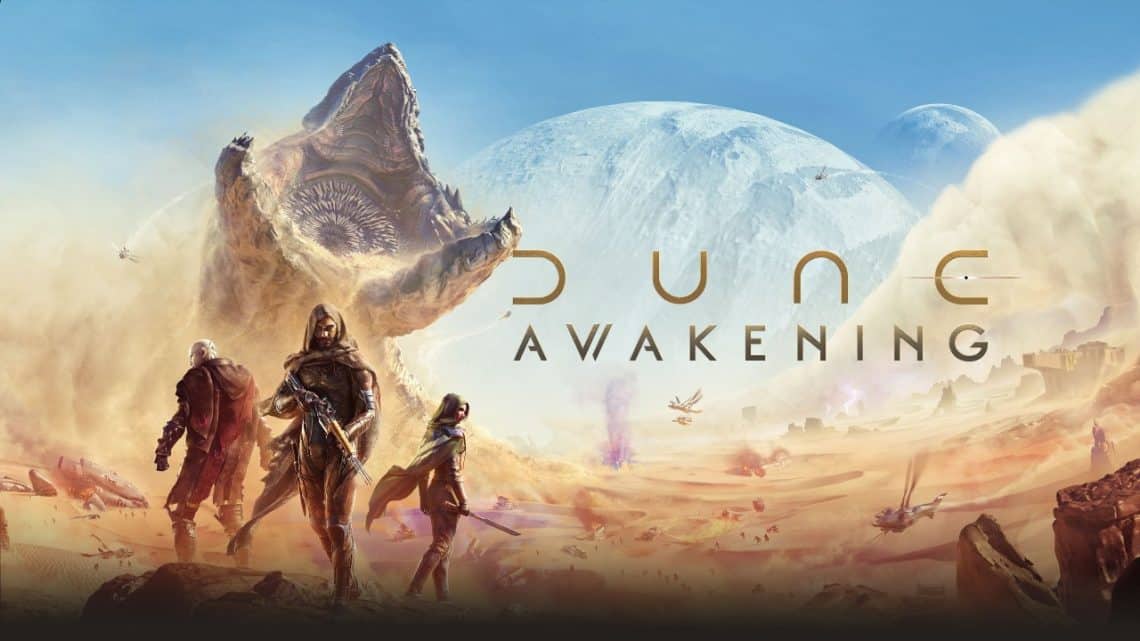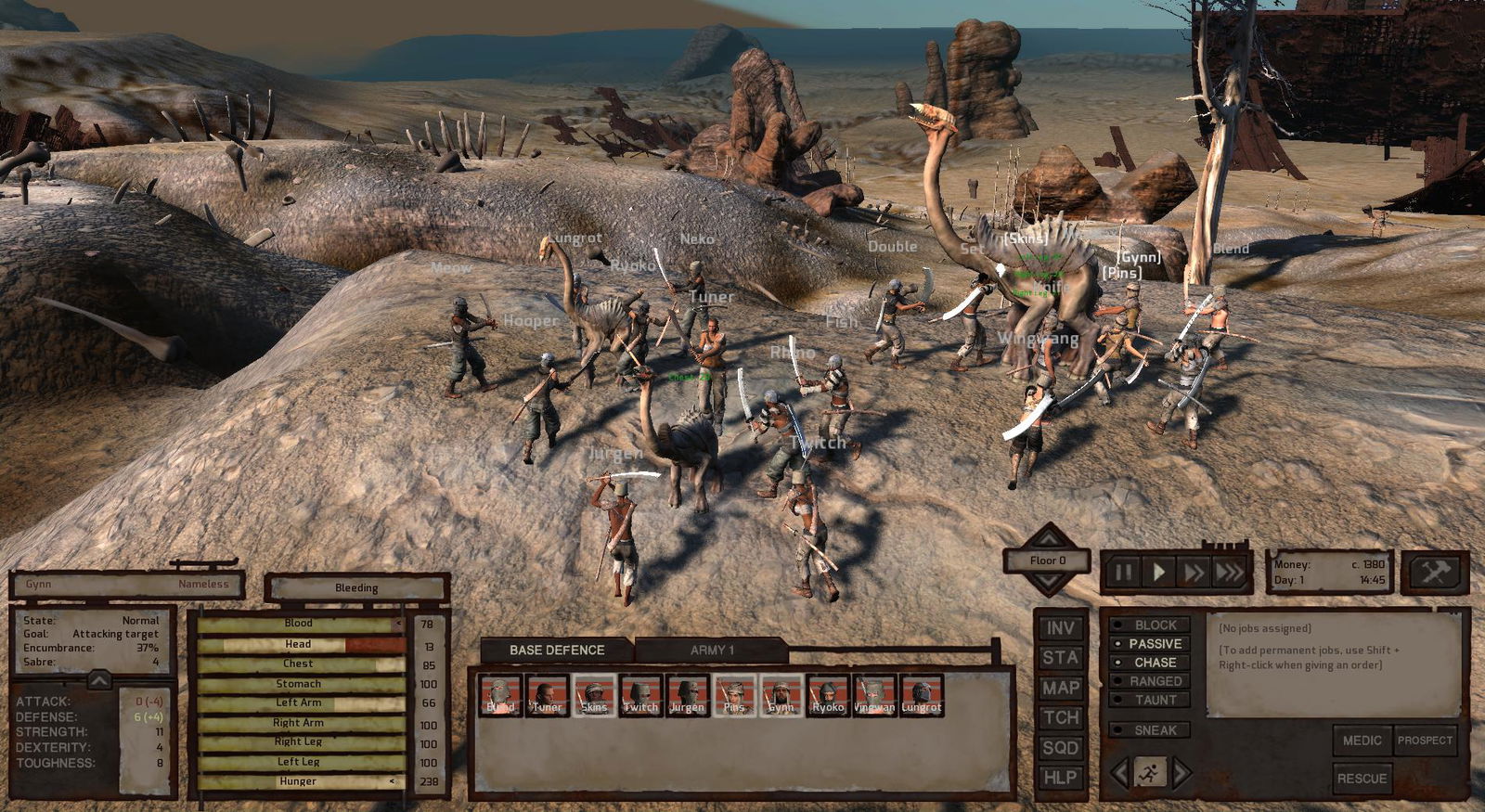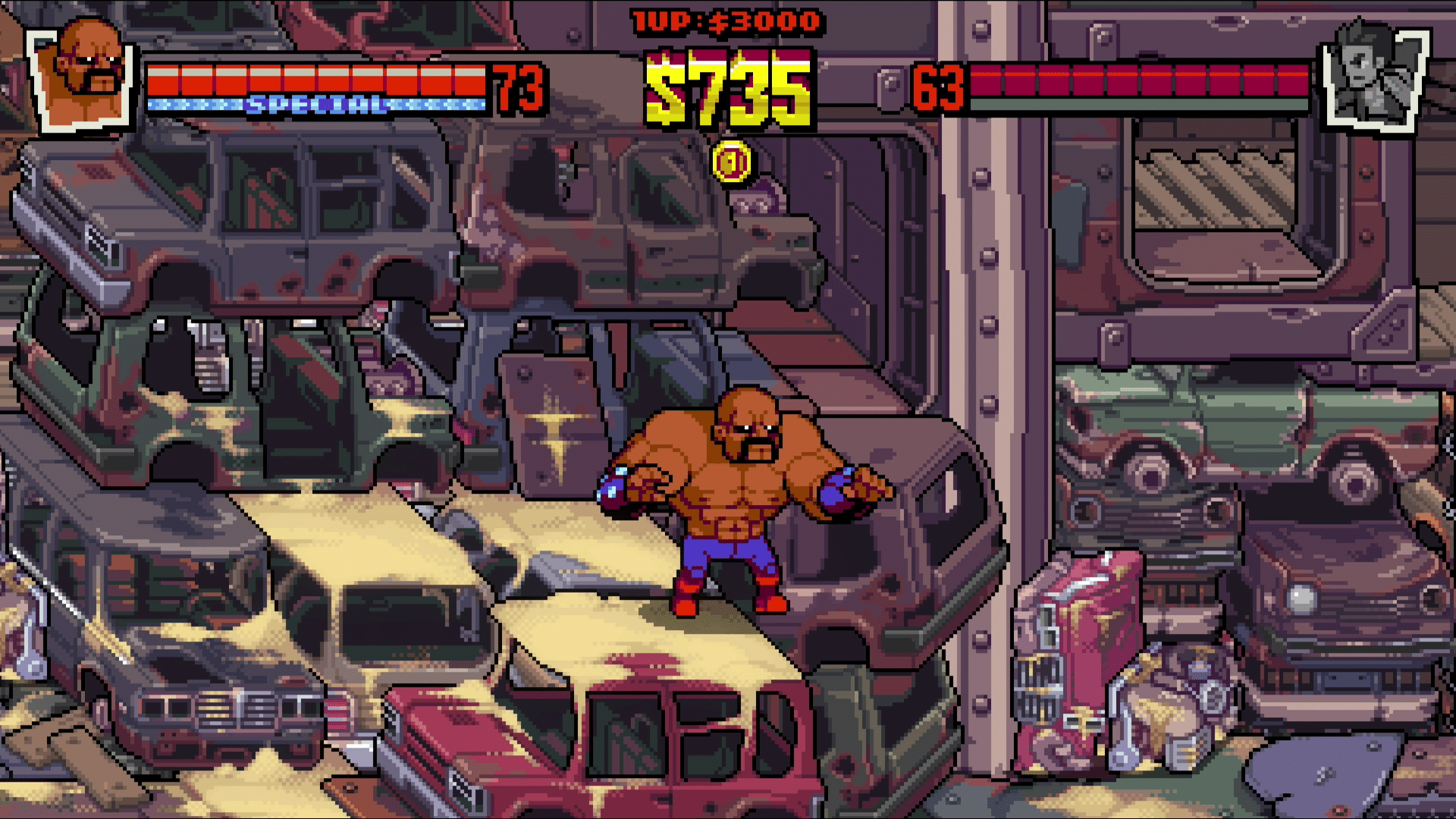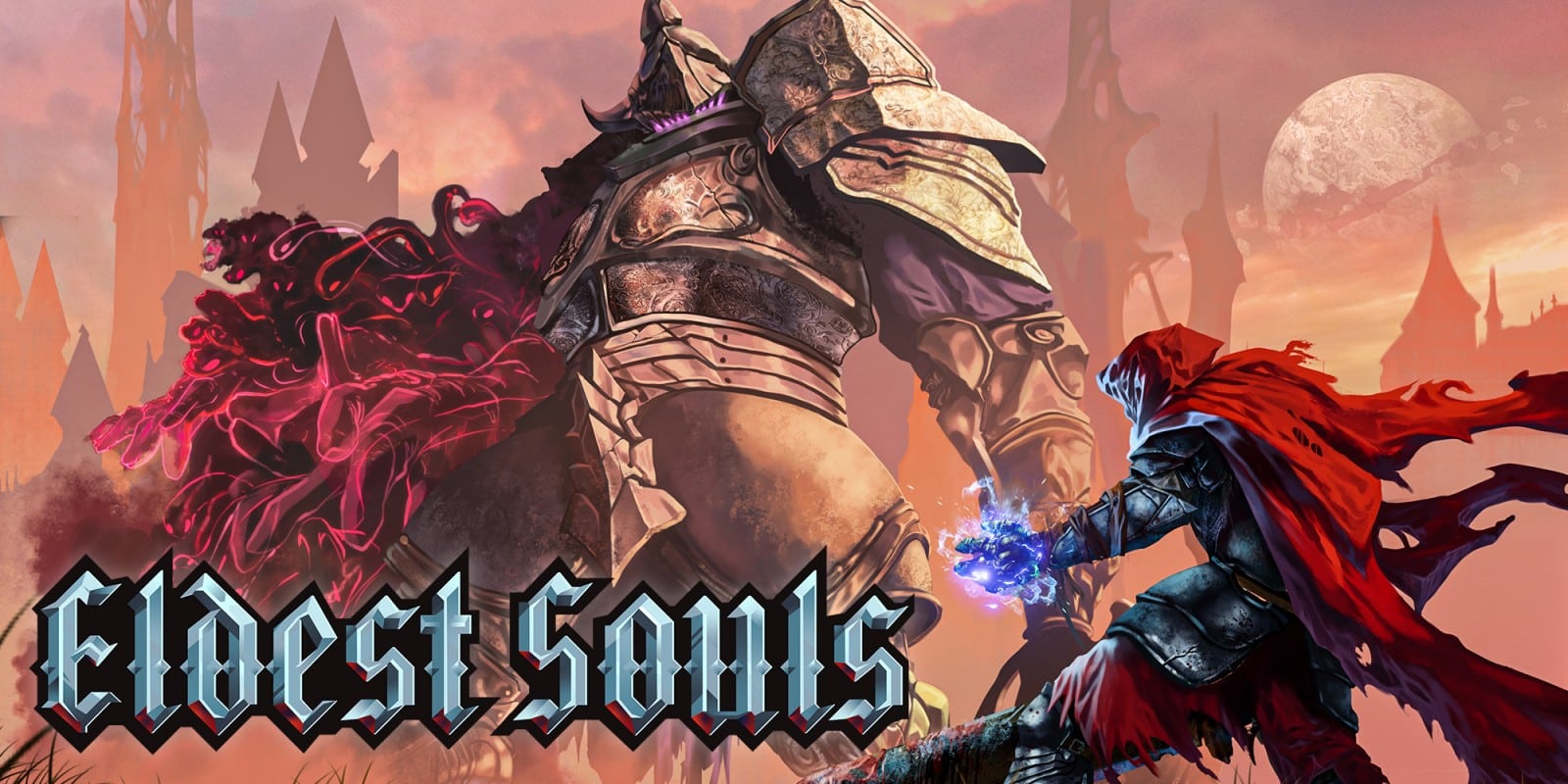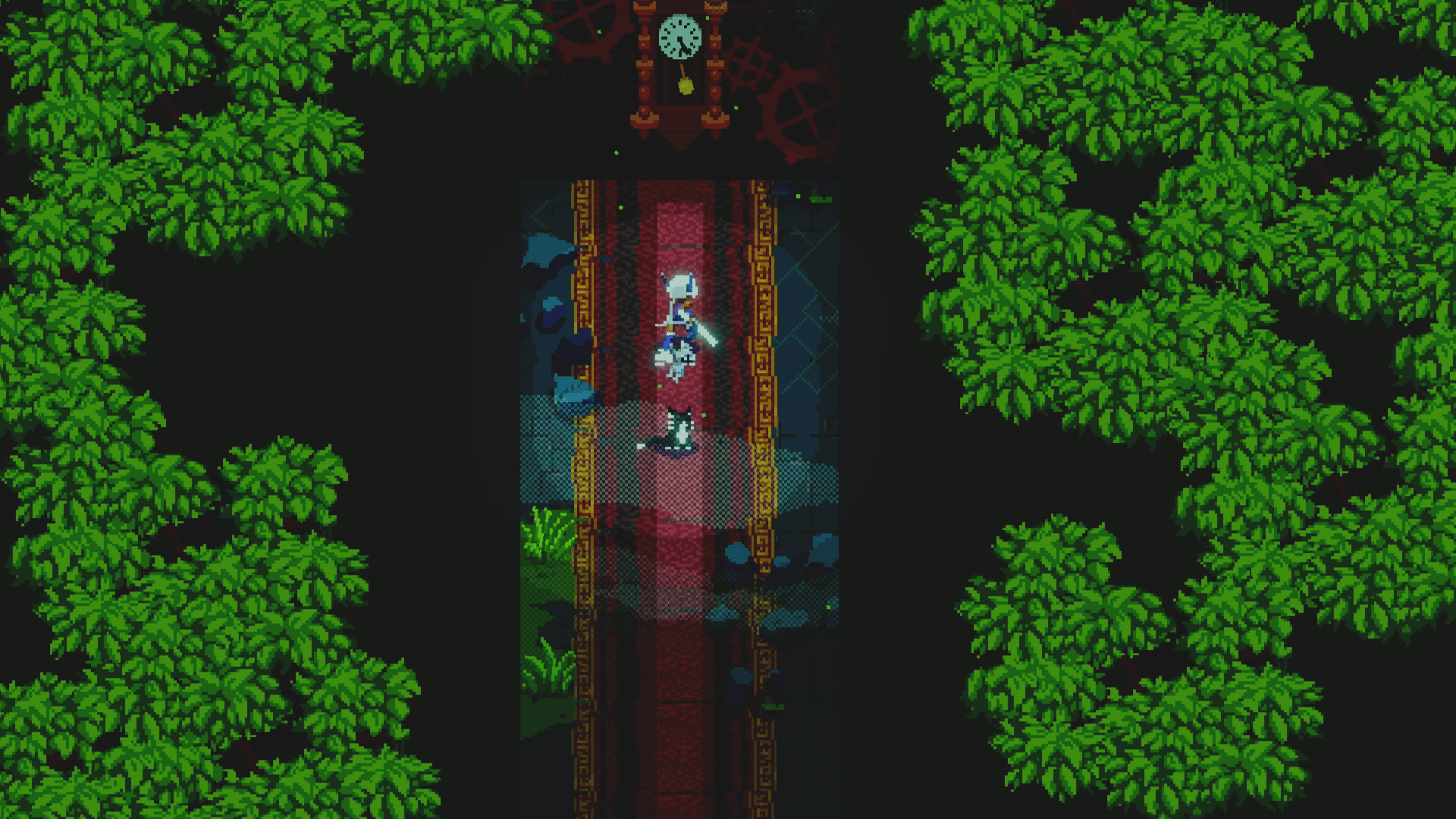Following their success with crafting an online multiplayer survival game in the Exiled Lands with Conan Exiles, Funcom is looking to repeat the victory with a different IP. The team is swapping fantasy for science fiction with Dune and its iconic desert world of Arrakis. Dune: Awakening pits players against the unforgiving environment of Arrakis, brimming with terrifying sandstorms and sandworms, as they navigate perilous events stemming from an alternate universe that shakes up the tale with which many of us have become familiar. The result is a stunning, if imperfect, take on the arguably overdone survival genre, enveloped in a fairly faithful adaptation of the sci-fi epic.
Dune: Awakening presents a world wherein Paul Atreides never existed due to Lady Jessica’s compliant decision to have a girl, per the orders of the Bene Gesserit. Furthermore, two of the Great Houses, Atreides and Harkonnen, duke it out over control of Arrakis and its invaluable substance, spice, while the Fremen are curiously absent. Cue the arrival of our prisoner protagonist, whose job it is to investigate the mysterious disappearance of the Fremen at the direction of the Reverend Mother. The harsh desert planet provides the stage for the alliances, rivalries, and deadly encounters awaiting the outcast hero as they pursue their assigned objectives.
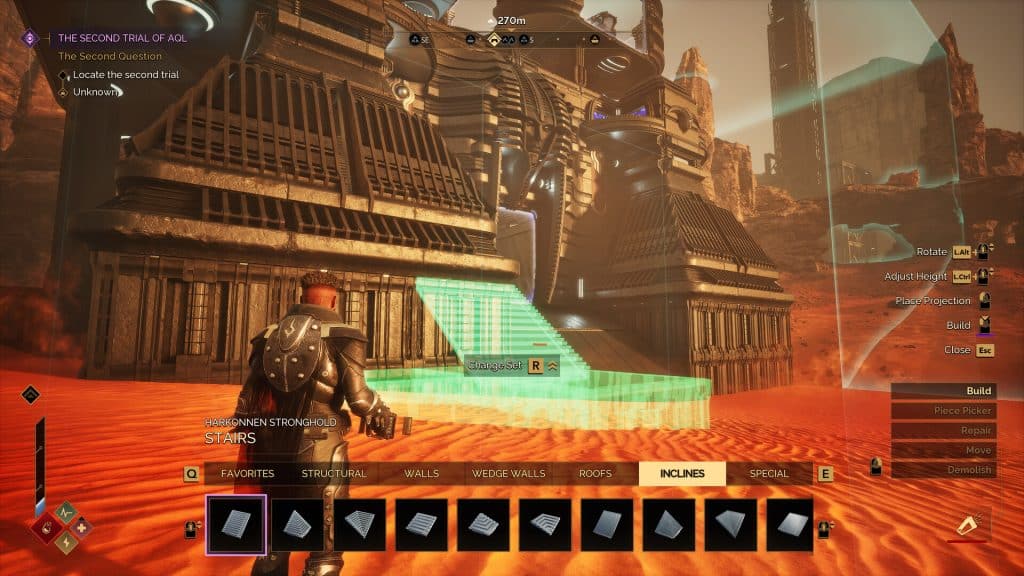
Survival by Numbers
The standard survival mechanics, like base building and thirst management, exist at the core of Dune: Awakening, but Funcom’s take on the genre’s tired trappings actually succeeds in injecting fresh life in multiple areas. It all begins with fine-tuning several sliders to bring the prisoner-turned-undercover agent to life, with options extending to pieces of the player background (origin planet, caste and mentor) that dictate starting abilities and unique dialogue choices. The opening hours may create the impression that this is a by-the-books survival game, but the true depth begins to appear after getting fully established in the sandy land of Arrakis.
Those introductory moments are spent crafting basic survival gear and getting acquainted with the foundational systems void of the series’ staple gear. You’ll learn important lessons, like the sun is hot; extended sunlight exposure should be avoided. Sprinting between pockets of shadowy relief, whether in the form of a rocky overhang or a moisture-sealed cave, makes up much of the moment-to-moment gameplay before more protective equipment and faster traversal tools are unlocked. Even though the intro doesn’t immediately paint the picture of a wholly unique survival experience, it is well-paced. New gear is unlocked through research, which is drip-fed to the player as their relevant tutorials arise. It’s not long before the scrappy outerwear cobbled together at the beginning is swapped out for a proper Stillsuit, allowing for the recycling of bodily fluids to aid in hydration maintenance.
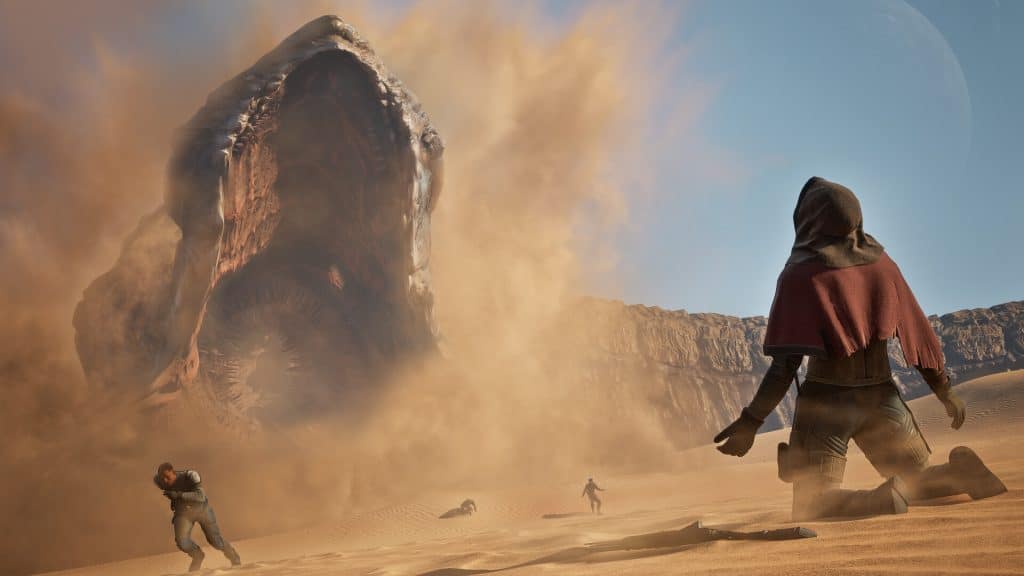
Worm Food
The sense of vulnerability is never felt to a greater degree than when the player is stuck hoofing it, barred from the quicker sandbike and Ornithopter transportation methods. Every journey to and from highlighted objective markers is burdened with environmental hazards, like sandstorms and the aforementioned searing sun. But then there’s the ever-present risk of drawing the attention of a sandworm as the vast expanses of the open desert are crossed. Should the player’s movement across open sand be felt by these massive beasts, the UI updates to reflect their acknowledgement of the vibrations of their on-the-move meal. These are tense moments that capture the lethal nature of the planet. Watching sand fly about as a sandworm tunneled speedily towards me was heartpounding enough, but my heart all but stopped when the towering monstrosity breached in uncomfortably close proximity and I hurriedly scrambled up the face of a cliff, a la Breath of the Wild. It was awe-inspiring and cheek-clenching view, perfectly sizing up the small fragile stature of my own character. The heart-pounding, fear-inducing encounters are given extra weight due to the fact that being swallowed by a sandworm means losing all equipment stored on the player character at that moment. Most other forms of defeat allow for the retrieval of said gear from the location of the death; there’s no venturing into the belly of a sandworm for those lost materials and equipment.
Of course, there are hostile forces that the player is well-equipped to face. Melee and ranged combat enable our agents to contend with human-sized opposition. The gunplay is serviceable, but it’s standard fare. And it can be exploited to get angles on enemies whose AI doesn’t push them to reposition at times. Melee combat has added creativity, and it’s done so in a way that aligns with the IP. While basic attacks can be strung together to cut at the opposition, the charged attack is utilized to penetrate the shield-bearing opponents. It’s a simple yet creative way to acknowledge a notable characteristic from the books and movies. Combat is further augmented by abilities embedded in different skill trees. Character creation dictates the first set of skill trees that can be accessed, which include skills such as the Mentat’s turret-like dart projector and the Swordmaster’s defensive stance. Special NPCs allow for the unlocking of extra skill trees beyond the initial one awarded with each background, giving players the option to either broaden or specialize their skillset later in the game.
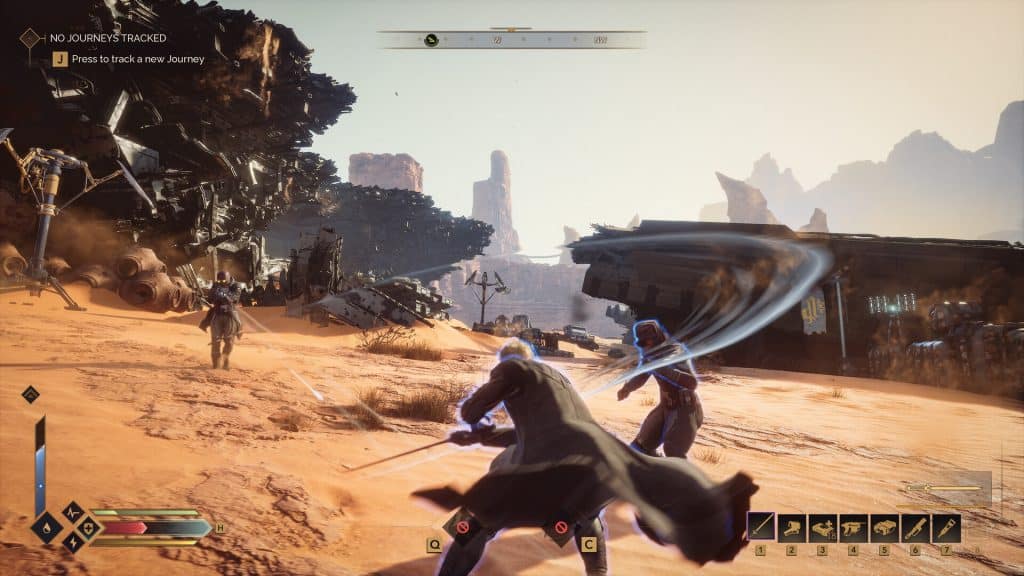
Still, Dune: Awakening is a survival game that eventually feels the weight of its grindy requirements. The lighter lift of early progression begins to gain weight, slowing down the pace, and strain a bit under its heftier requirements at a certain point. Fans of the genre may not find much issue here, but others might not find the universe’s charm enough to overcome these bumps. For those that persevere, there’s a whole host of social systems that transform the experience from a co-op survival game to a borderline-MMO. The Deep Desert, for example, is an endgame location that enabled full PvP. It’s a high risk, high reward area. As if the players weren’t dangerous enough, sandworms and Coriolis storms threaten to steal any valuable loot players don’t successfully lift off others. There’s also a faction war mechanic as players align with either Atreides and Harkonnen, controlling key spice resources and impacting the associated economy. Once these areas of the game reveal themselves, the goals become much grander, focused and lean into that alluring sense of community as strangers band together in service of their Great House.
Dune: Awakening Review Verdict
Dune: Awakening: Dune: Awakening begins life as a co-op survival game and then, tens of hours later, reveals itself to be MMO-like. The survival systems may be standard fare, but at times they are elevated by the well-realized planet of Arrakis. Combat and mechanics are not world-class or particularly innovative, but they largely contribute to Funcom's vision. And it's one worth experiencing, for Dune fans and newcomers alike. – Joshua
[Editor’s Note: Dune: Awakening was reviewed on PC and a copy was provided to us for review purposes.]

